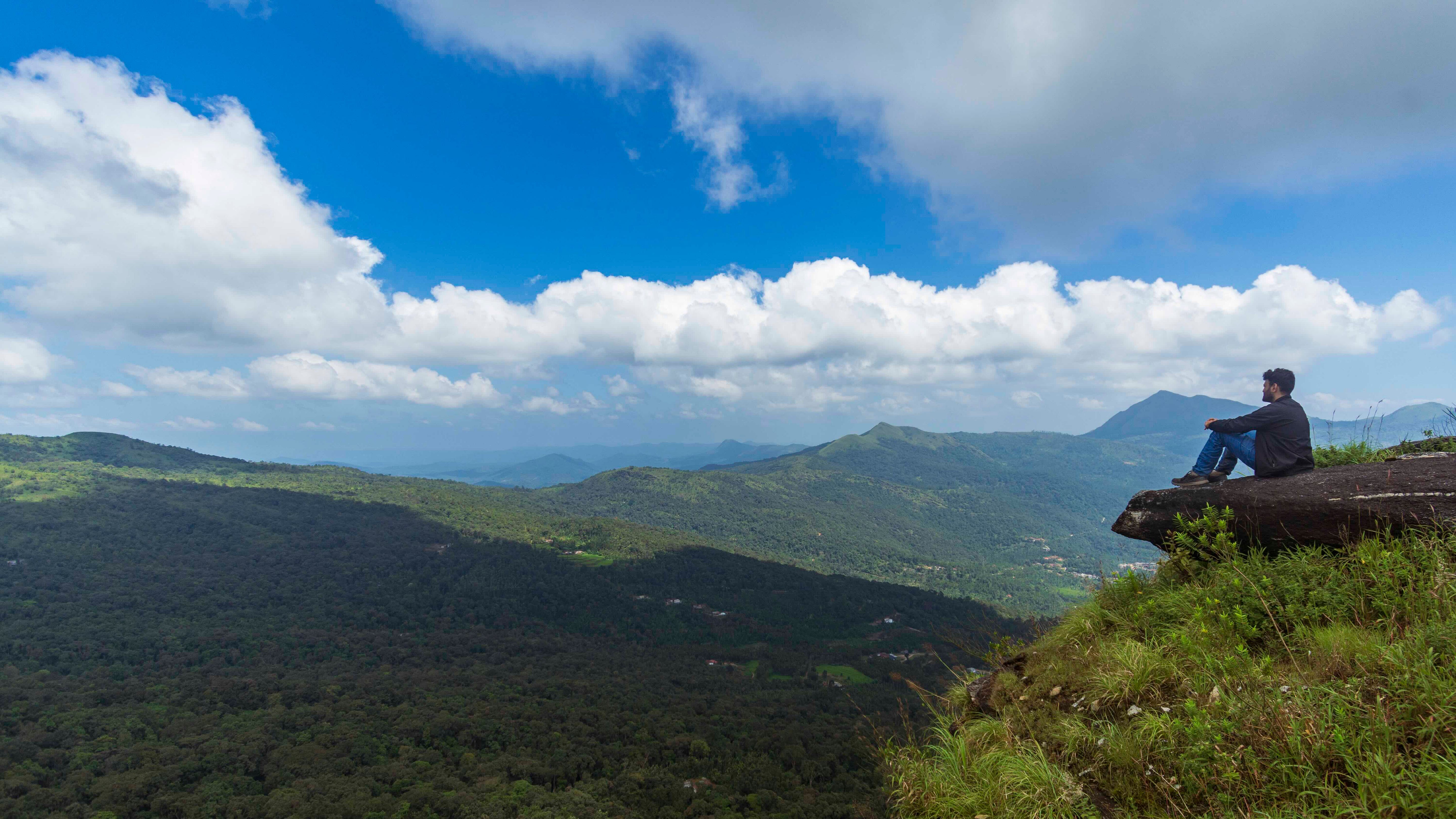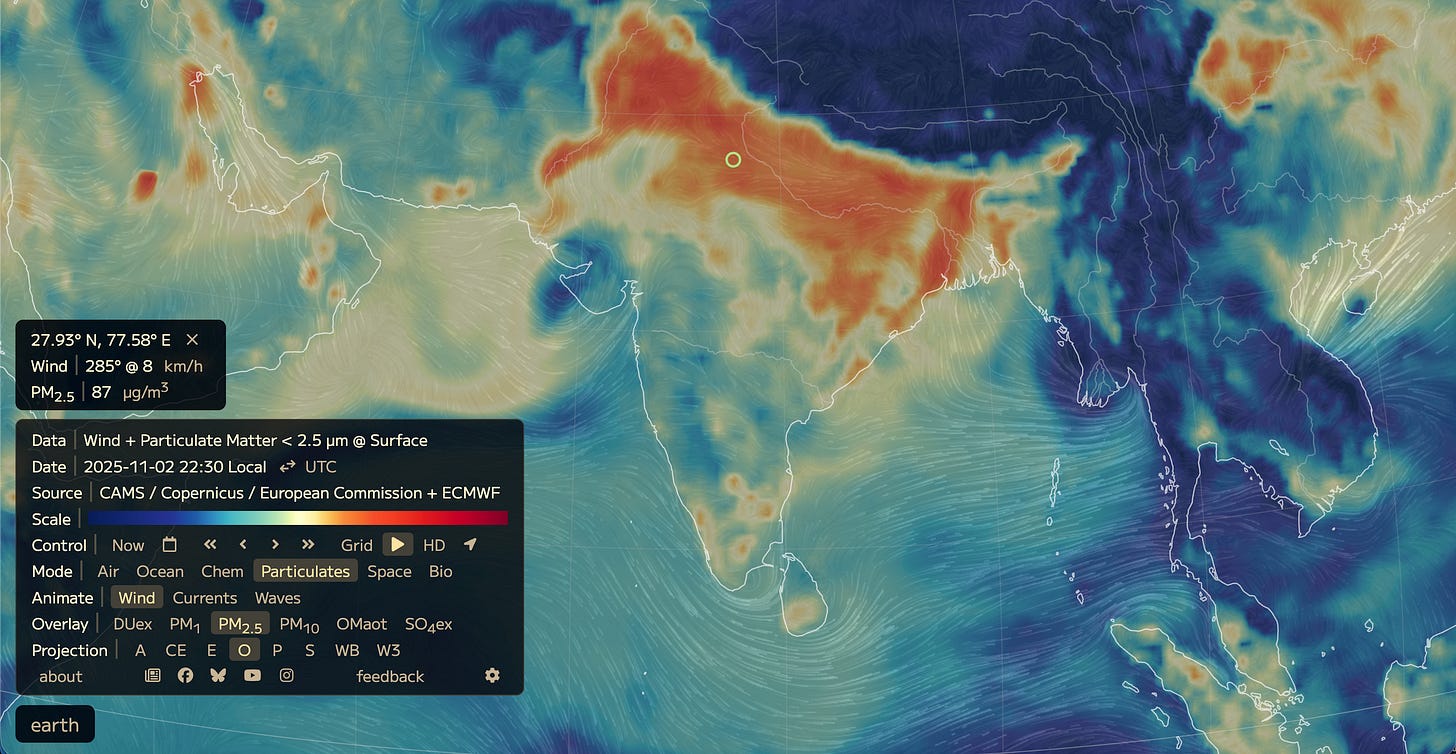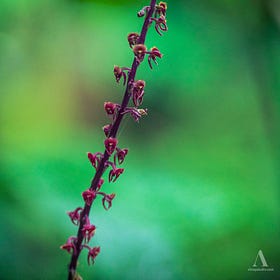Story of the Mountainologer
You’ve probably come to this page after reading one of the articles and wanting to know more about the behind-the-scenes stories. Or perhaps you’re exploring the behind-the-scenes first before moving on to the articles. Either way, here is the story of the storyteller.
I am Vinayaka K V, a Software Craftsman, E-Commerce owner of Benaka Malnad Stores, a lifelong student, and an orophile.
I was born and raised in the Western Ghats mountain ranges that run parallel to the west coast of India. As a child, the mountains were a distraction used to get me to eat my food. As I grew up, I became fascinated by a particular mountain that looked like an elephant when seen from two nearby villages. The difference in its appearance from each village amazed me — I was astonished that such a thing was possible.
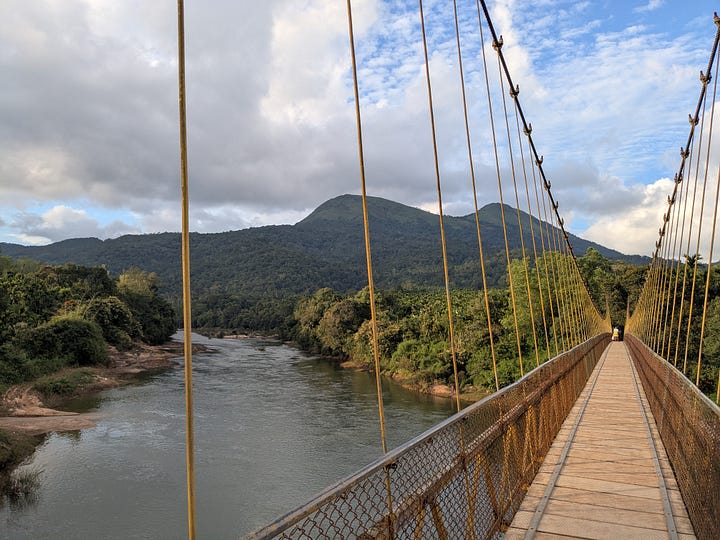

Then, I discovered Google Earth by chance, which allowed me to fully understand the terrain in 3D — and the differences in the views. With the help of Google Earth, I also discovered that this mountain was visible from another place with a completely different view. I still clearly remember few people ridiculing me saying that I hallucinated this particular mountain everywhere I looked at!
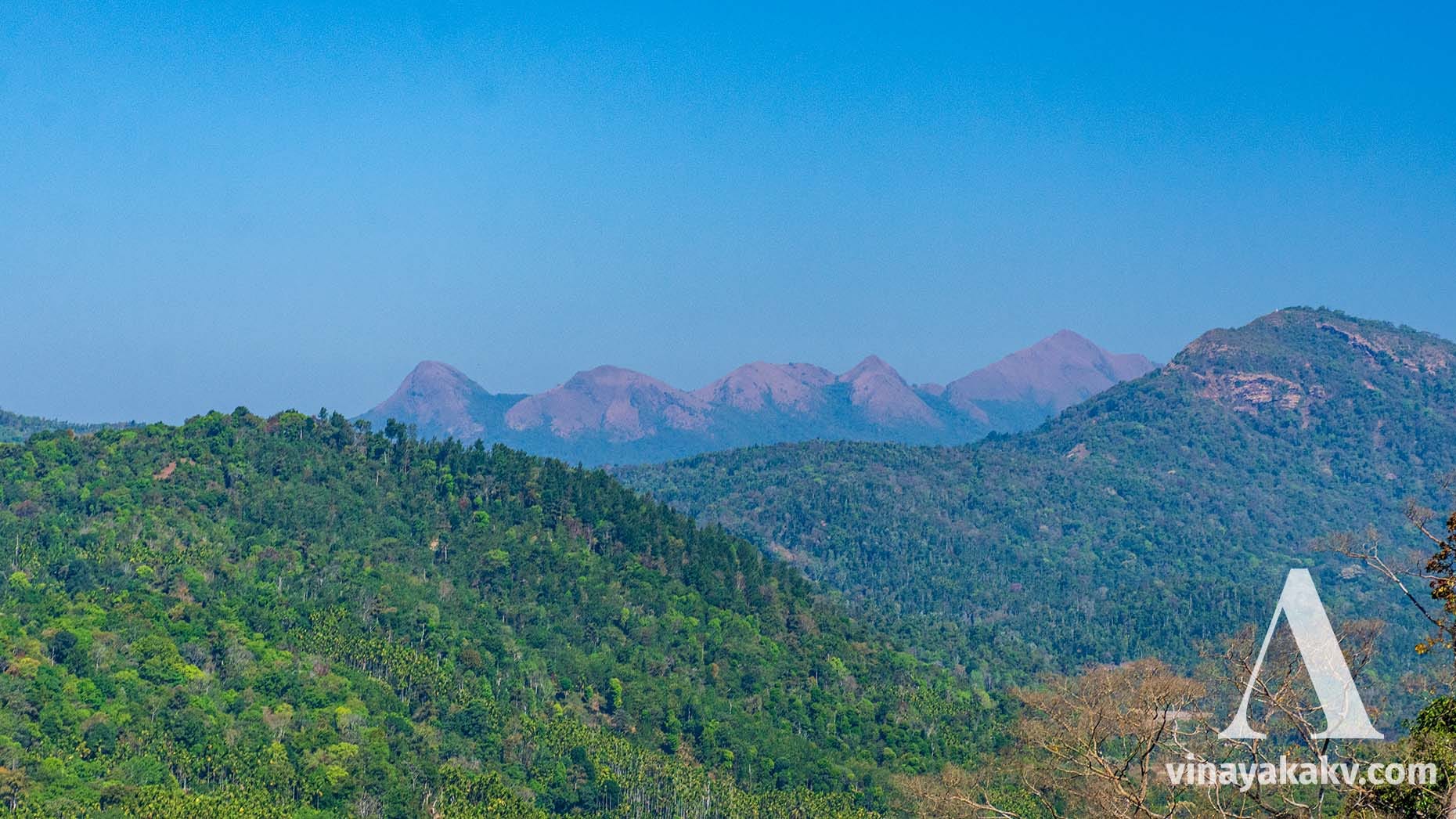
When I later hiked a few mountains, I noticed that the views were far less expansive than what Google Earth showed. That’s when I began to understand how air pollution — particularly particulate and sulfate pollution — affects visibility and, more importantly, human health. This realization led me to NullSchool Earth and its amazing visualizations of atmospheric particulates. Nowadays, I usually plan my hikes on days when particulate pollution levels are low.
When I went for higher studies in the plains of Mysore, I deeply missed the mountains and enjoyed them to the fullest whenever I traveled back for vacations. One eventful day, inspired by a travelogue, I decided to take a longer, mountainous route to Mysore, exploring the tallest peaks of Karnataka. Such journeys have given me a profound understanding of the similarities and differences in terrain, climate, and culture.
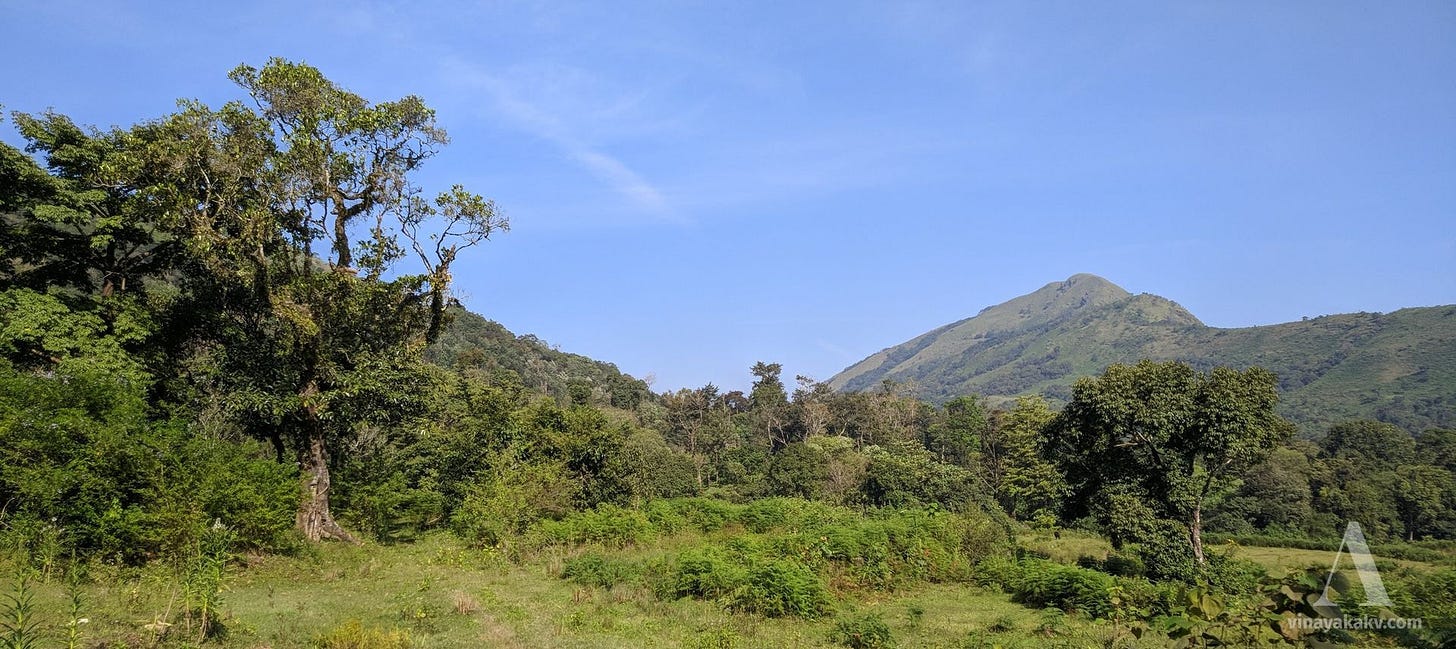
After completing my higher studies, COVID struck the world, and I ended up taking a fully remote Software Engineer position. Working remotely has taught me a lot about trust-based, asynchronous communication within software teams and how to be an effective part of such an environment — all while maintaining a healthy work-life balance.
As an observer of nature and its seasonal variations, I’m understanding about various wild plants, thanks to Google Lens and forums like Flowers of India, eFlora of India.
Being a student of science teaches you the scientific method — hypothesize, design experiments, validate, repeat. Adding to that, engineering teaches a structured approach to tackling any given problem and the art of trade-offs. I believe that these approaches help anyone become a lifelong learner — at least helping to become an amateur in any field. Furthermore, LLMs like ChatGPT are incredibly helpful in bringing up relevant references and research papers to read further, aiding the learning process. Currently, I’m learning geology this way, hoping to understand the formation of mountains and to explain what we see today in the Western Ghats.

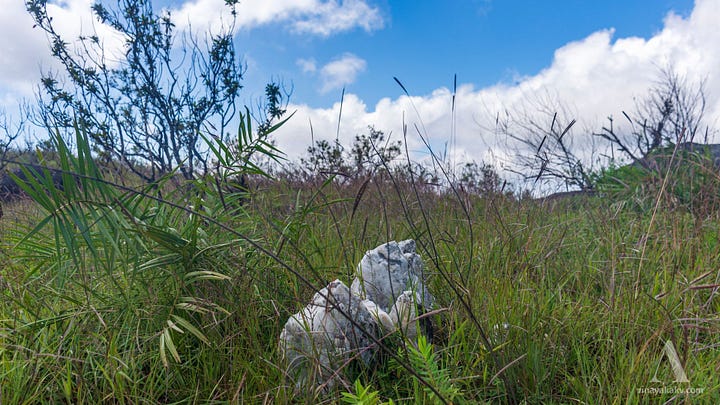
When you identify many plants and orchids of the Western Ghats, you begin to notice that numerous species are endemic and vulnerable to habitat loss. An individual can contribute to conserving these species simply by collecting fallen specimens from the wild and helping them thrive. I now have a collection of several wild orchids that bloom happily each year. Check out the below article to see some photos!
Monsoon Orchids
During the tropical summer of the Western Ghats mountains, water becomes scarce on the hilltops. The mosses, lichens, and the orchids sheltered in the tree barks go dry and sometimes leafless. A touch of summer rains starts the life in them.
Inspired by a private conservationist, Ashokavardhana, and driven by the desire to live close to nature, I purchased a plot of arecanut plantation located at the base of the “Elephant Hill” mentioned earlier. I plan to grow coffee while simultaneously recreating the native forest canopy to provide shade. Even today, with the limited number of coffee plants I have in the backyard, I enjoy an end to end blossom-to-brew process.
The horticultural produce of the Western Ghats in Karnataka lacks sufficient reach to the outside world. Our family runs a shop, Benaka Malnad Stores, to help address this need, at least in part. During the COVID crisis, I expanded the shop into an e-commerce platform, which has now become a place to market many local products — with more to come in the future.
If you have any questions, ideas for collaboration or partnership, or would like to lend a helping hand in researching local biodiversity and horticulture — or anything else in general — feel free to reach out to me! You can also subscribe to my blog to receive future updates.
Thanks for reading!
Email: me[dot]vinayaka[dot]kv[at]gmail[dot]com



